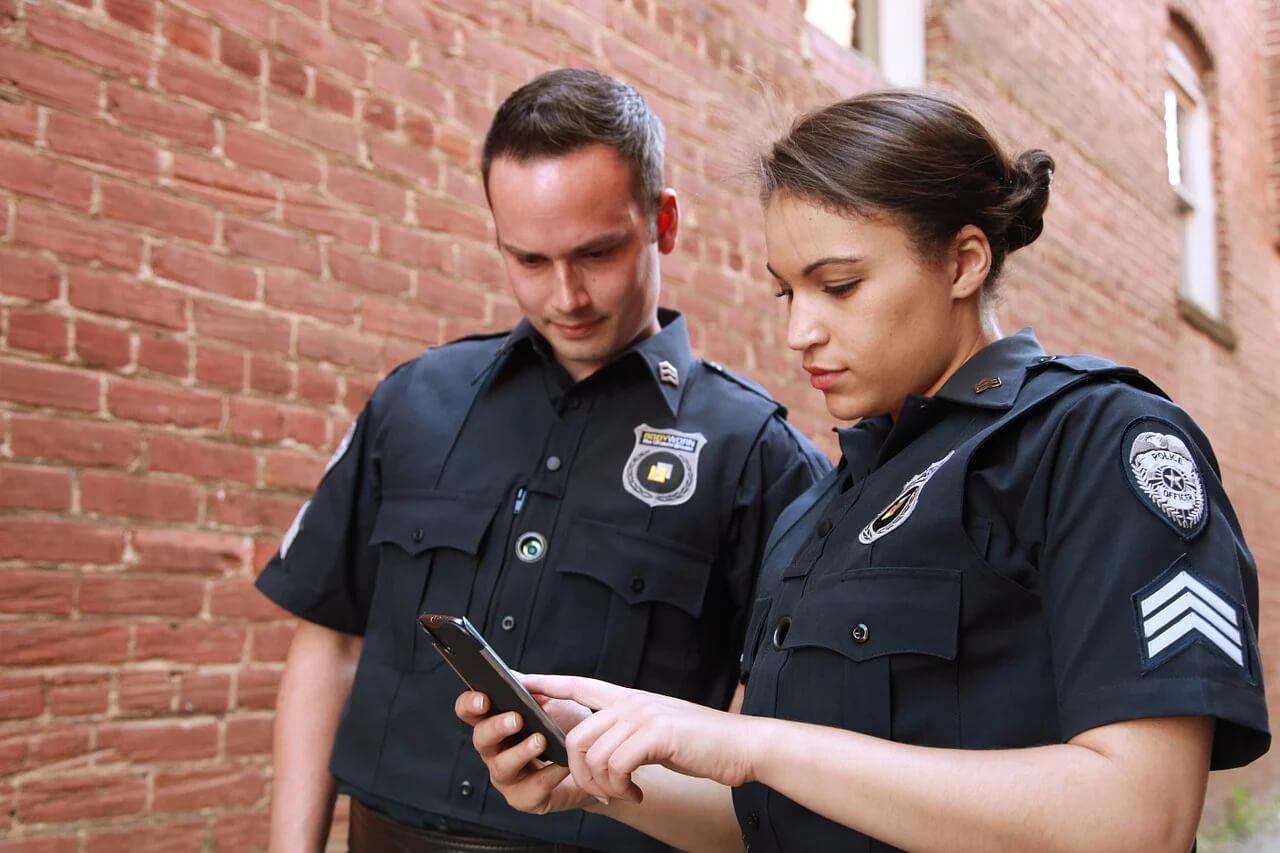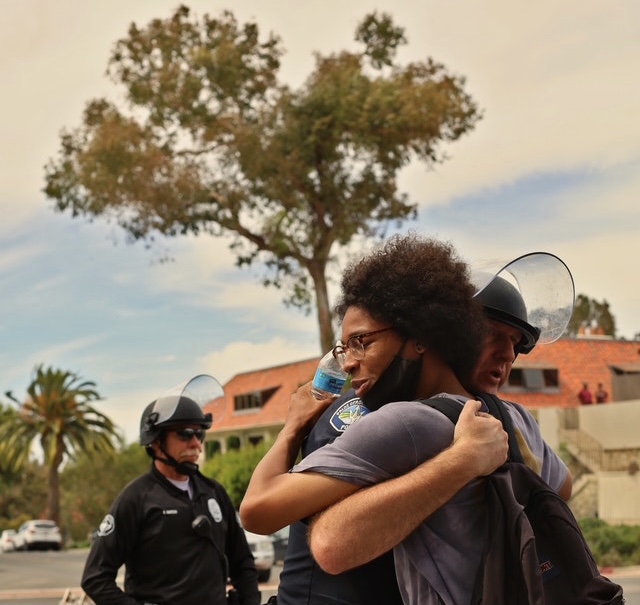Public trust in law enforcement has declined sharply in recent years, with only 48% of Americans expressing confidence in the police as of 2022, down from 58% in 2016 according to Gallup polls. Clearly, work remains to be done to strengthen community relations. One promising strategy is increasing the use of community surveys to gather direct feedback from local residents. Departments nationwide have utilized surveys to great effect, leading to more engaged policing and cooperation. This article will examine key benefits of community surveys and provide recommendations for successful implementation based on real-world examples.
Why Community Surveys Matter
Surveys allow police leadership to hear directly from the citizens they serve, facilitating data-driven reforms. Well-designed surveys address community concerns, measure satisfaction levels, and identify priorities for improvement. Detroit Police Chief James White noted that surveys provide “a report card on our performance…to see where the community says we need to get better.” They provide quantitative metrics to guide policies, replacing assumptions with facts. Surveys also demonstrate to residents that their voices are valued in a tangible way.
Key Areas to Explore in Surveys
When developing community surveys, experts recommend addressing four key areas:
1. Perceptions of safety and police presence. Questions gauge how secure residents feel and if police patrols are adequate and responsive. Satisfaction metrics identify gaps needing increased coverage.
2. Interactions with officers during calls, traffic stops, etc. Feedback measures professionalism, courtesy, respect, and addressing needs appropriately. Data pinpoints training needs.
3. Knowledge and accessibility of community policing programs. Surveys test awareness and utilization of existing outreach efforts and events. This identifies communication gaps and programs needing promotion or revamping.
4. Soliciting input on priority concerns. Open-ended questions allow residents to voice top issues themselves rather than responding to pre-determined options. This provides qualitative data directly from the community.
Case Studies of Successful Implementations
Police departments nationwide have employed surveys to great effect, leading to reforms and renewed trust. For example:
– Flint, MI revamped patrol coverage based on data showing residents felt unsafe in certain areas of town. Targeted presence helped reduce crime rates by 28% over 2 years.
– Tacoma, WA surveys found officers lacked knowledge of homeless support programs. After retraining police on available services, referral rates quadrupled in 6 months.
– Dallas, TX discovered through surveys that fewer than 30% of residents were aware of youth sports leagues at precincts. Promoting these programs via social media and flyers led to a 450% increase in participation.
– Detroit, MI implemented de-escalation training based on survey feedback that interactions often grew unnecessarily hostile. Post-training surveys showed a 54% improvement in perceived officer professionalism.
– Bridgeport, CT introduced Officer Survey and actively involved the community in gathering their input. The survey sought feedback from residents regarding the quality of service provided by the police officers. As a result, the community’s collective sentiment exceeded 90%.
Key Recommendations for Success
Experts emphasize several best practices to ensure community surveys positively impact policing:
– Seek high response rates by promoting surveys through media campaigns, social media, flyers, partnerships with civic groups, and having officers distribute in person. High participation yields more accurate data.
– Design surveys with neighborhood demographics in mind. Offer multilingual options catering to non-English speakers. Accommodate disabilities. Simplify questions for low-literacy areas.
– Analyze results against crime stats and other data. Cross-reference for deeper insights. Break down findings by district or demographic factors.
– Involve officers in developing action plans based on survey results. They offer on-the-ground perspective. Fostering buy-in ensures better implementation.
– Close the feedback loop by reporting back survey findings and actions taken. This demonstrates the department’s commitment to community priorities.
– Conduct surveys annually to track progress over time. Are new initiatives having the desired impact? Adjust accordingly.
By taking the pulse of the communities they serve, police departments can align practices with local needs, enhance transparency, and rebuild vital public trust. Recent innovations in survey technology, like sending links via text message, facilitate easy participation across generations. In an era of strained relations, community surveys represent a promising, proven strategy to strengthen law enforcement’s connection and responsiveness to the people they are sworn to protect.
If you’re interested in discovering how the Officer Survey can assist your organization in obtaining feedback from your community members, feel free to schedule your demo today!








